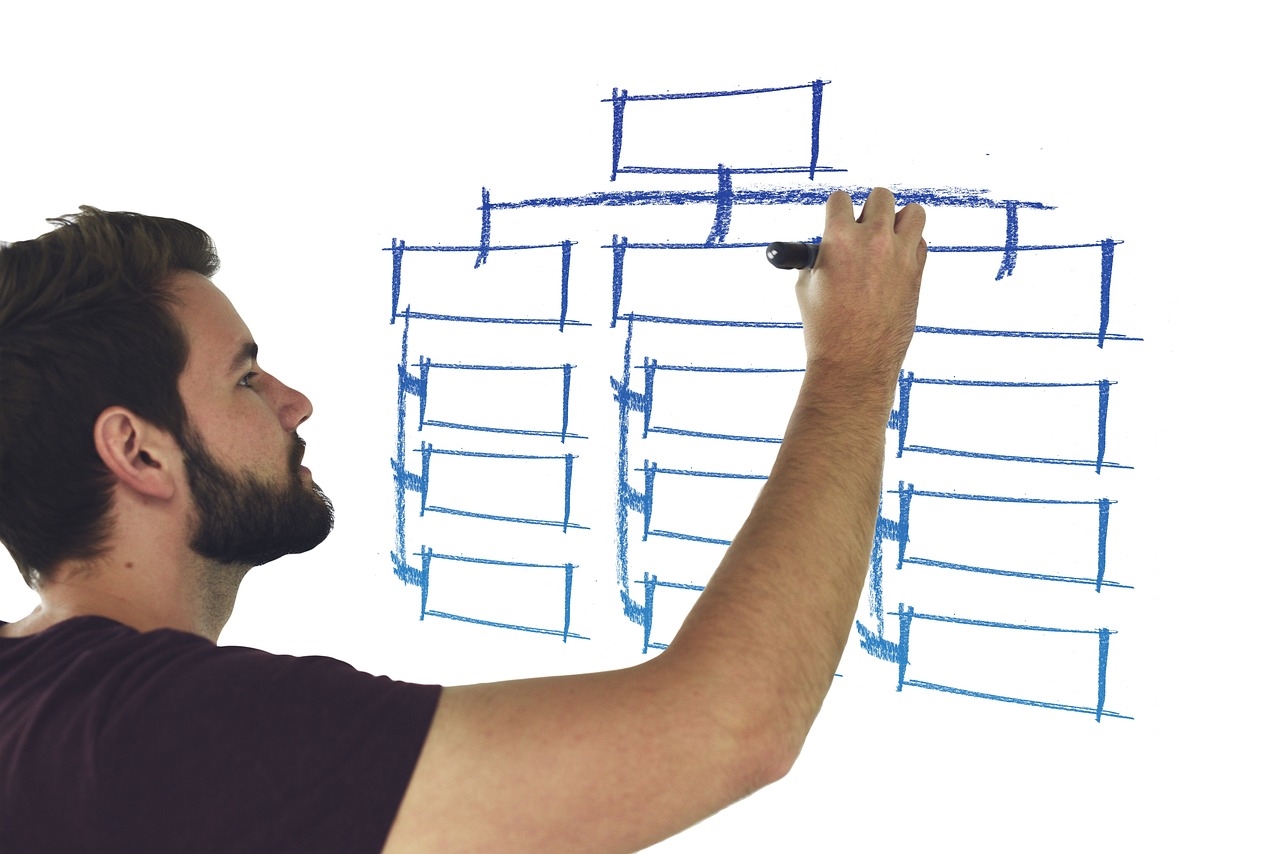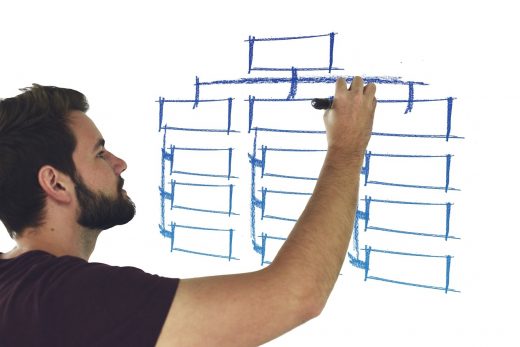How To Plan Product Requirements For Feasible Mobile App Development
— December 6, 2018

geralt / Pixabay
When you’re swept up in the inspiration for your mobile app, it’s easy to lose sight of feasibility. Arriving at the right balance between an original idea and what’s realistic for development requires proper planning. A recommended plan of action is creating a Product Requirements Document (PRD). A PRD is used to identify risks, challenge product assumptions, and communicate both the business and technical requirements, so every stakeholder understands the objective of the mobile app. A PRD is an essential tool for ensuring your final product is as close as possible to your original idea while weighing product ideas against project constraints.
Understanding Mobile App Business Requirements
Mobile app business requirements are the criteria by which you meet organizational objectives. Usually, your business requirements will outline how your mobile app will solve user pain points in conjunction with the strategic vision of your business. A PRD helps you think critically about business requirements, so you and your stakeholders understand which requirements are necessary to fulfill the product’s value promise.
The following are common example questions for working out business requirements in a PRD:
- What is the purpose of the mobile app?
- What is the current problem(s) it will solve?
- How will it streamline or improve the current process?
- Will it facilitate a new process?
- Will the app need to be started from scratch, or will you leverage existing assets?
- What should the app be able to do (i.e., functionality)?
- What features will it need?
- What is the monetization or business model (i.e., advertisement based, freemium, subscription)?
- Is the ask feasible?
Weighing Business Requirements Against Development Constraints
In mobile app development, it’s crucial to narrow down your desired functionality to a core set of features to solve a concentrated pain point; otherwise, you run the risk of wasting time, money and effort on additional functionality that doesn’t deliver value. A prime example is whether your product will refine a current process, or facilitate a new one. If your business objective is to introduce a completely new process, the project timeframe becomes an important factor in determining what is feasible for development. When will the new process need to be implemented by? How much work is required to make the new process functional and are you able to develop that functionality within your particular timeframe? The considerations in a PRD provide insight into what is attainable within your desired timeline and budget.
Understanding Mobile App Technical Requirements
The technical requirements of a project define the systemic needs for the product to achieve its desired functionality. Successful mobile app development requires enough research to properly evaluate technical requirements; market readiness; and implementation plans. A PRD gathers all of your research and assumptions into one document so your product team can determine what’s feasible for development.
The decisions you make about platforms, hosting, maintenance, and backend infrastructure all carry long-term consequences if they don’t receive adequate consideration. The backend of a mobile app is where all the value is, and it’s crucial to give your product team the necessary information to transform your high-level idea into a functional framework for development.
Mobile app architecture, for example, is vitally important for managing product constraints. Change requests will inevitably come up throughout the development process, and the architecture of a product is indispensable for reducing costly errors and delays. Mobile app architecture is the blueprint for the entire system, and without planning technical requirements properly, the architecture can’t accommodate change. Creating a PRD helps your development team create a structure to manage scope creep and budget constraints effectively.
Making Development Compromises
Naturally, project constraints often mean that you’ll have to make compromises; however, development teams must evaluate trade-off carefully. Compromises are not a step towards building a low-quality product, but instead, they are decisions that must be made under particular circumstances to work towards a realistic goal of developing the best possible product within the scope, timeline, and budget of the project.
Consider these questions in a compromise scenario:
- How long will it take to build? Is it necessary to adjust a feature to save a few hours? Are there features that will take weeks to build?
- Why are we building it? What role do certain features occupy within the greater context of the mobile app? How important are certain features? Does the app still address the user pain point without this particular feature?
- Are there alternatives? Can we find an alternative feature that would take less time to develop? How useful is that alternative feature at delivering the user experience we hope to achieve?
Final Word
A PRD is the starting point in the mobile app development process. The document helps you clarify every product requirement before you begin development so you can get a 360-degree view of how your ideas fit into a practical development plan. By using a PRD, you protect your project from inflating beyond your project constraints.
During the process of defining your product vision, it’s easy to get overwhelmed by competition, business needs, and architectural requirements, among many other moving parts; this product requirement planning template is a comprehensive resource for creating a manageable blueprint for how your mobile app should be built and supported.
Business & Finance Articles on Business 2 Community
(38)


